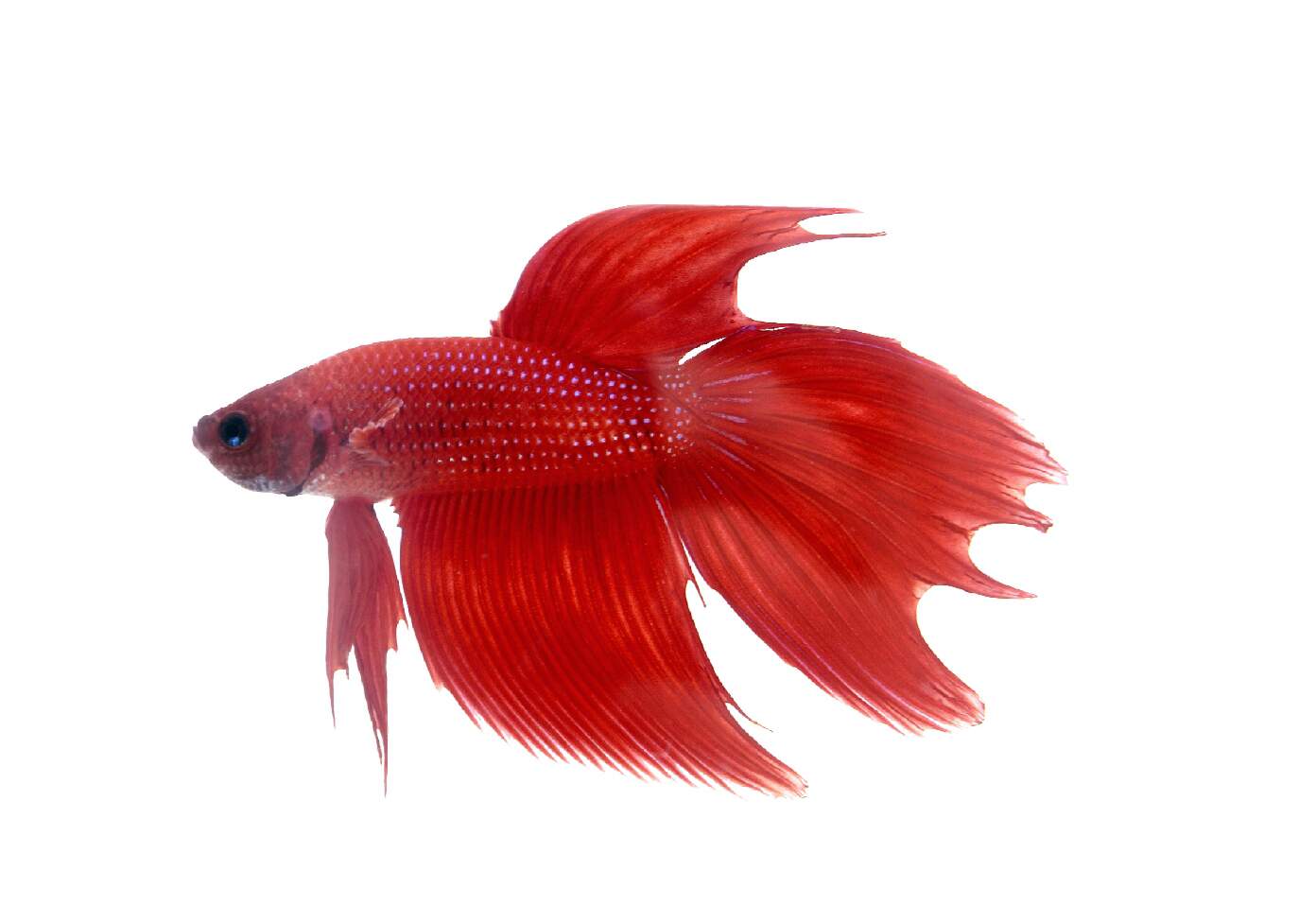Just How to Reproduce Betta Fish Efficiently: Professional Methods and Insights for Hobbyists Looking to Expand Their Betta Collection
Reproducing Betta fish requires a nuanced understanding of genes and environmental problems, making it crucial for hobbyists to approach the procedure with both persistance and treatment. Creating an optimal breeding environment, choosing the ideal pairs, and observing the complexities of their courtship actions are foundational steps that can significantly affect the outcome. The succeeding care of the fry is important for ensuring their healthy advancement. As we explore these essential elements, it comes to be clear that effective reproduction is not practically the first pairing however includes a wider method that benefits cautious factor to consider.
Recognizing Betta Fish Genes
Recognizing the genetics of Betta fish is critical for successful breeding, as it affects traits such as shade, fin shape, and actions. Betta fish display a varied array of shades and patterns, mostly established by their genetic makeup.
Along with coloration, fin morphology is one more considerable facet of Betta genes (betta fish). The sizes and shape of fins are affected by various genes, consisting of those that figure out whether the fins are short, long, or veil-shaped. Understanding these genetic variations helps dog breeders anticipate the phenotypic end results of their children
In addition, behavior attributes such as aggression and territoriality can also be affected by genetics. These habits play an essential duty in the reproducing process, as they can affect spawning success and the overall character of the resulting fry. By comprehensively comprehending these genetic concepts, dog breeders can make informed decisions, eventually improving their reproduction programs and attaining preferable results.
Preparing the Breeding Setting
Producing an optimum reproduction environment is vital for the effective reproduction of Betta fish. The very first step in preparing this atmosphere is to pick a suitable breeding storage tank, ideally varying from 5 to 10 gallons.
Following, take into consideration the use of a sponge filter or an air stone to provide mild water flow without developing strong currents that can stress the fish. It is necessary to install plants or reproducing cones to supply hiding spots and promote comfort for the woman throughout the spawning procedure. Drifting plants, such as Java moss or water sprite, can likewise create a more natural surroundings while assisting in bubble nest building by the male.
Prior to presenting the breeding pairs, make certain the water is conditioned and devoid of dangerous chemicals, such as chlorine or heavy metals. betta fish. Regular water changes should be carried out to preserve optimal water high quality, boosting the opportunities of effective reproduction. With these preparations in position, the breeding setting will certainly support the wellness and health of both Betta fish
Picking Breeding Pairs
Choosing the appropriate breeding sets is important for accomplishing effective Betta fish recreation. Healthy Betta fish exhibit lively shades, clear eyes, and active actions.
Personality is an additional important factor to consider, as Betta fish are known for their aggressive nature. It is a good idea to select a male and lady that show suitable personalities to lessen stress during the reproducing procedure. A calm male can urge a smoother courtship, while a lady that is also hostile may interrupt the procedure.
Hereditary background additionally plays a substantial duty in the top quality of the spawn. websites Breeding fish that are genetically varied can lower the threat of genetic health and wellness problems and improve the general vigor of the fry. It is beneficial to look into the lineage of both the man and woman, concentrating on desirable traits such as fin kind, color patterns, and dimension.
The Breeding Refine
The reproduction process of Betta fish calls for cautious preparation and attention to information to make certain a successful result. It is essential to prepare a suitable breeding storage tank, ideally a 5-10 gallon aquarium with a temperature level kept at 78-80 ° F. The container ought Source to be outfitted with a heater, filter (ideally sponge type to stay clear of solid currents), and a lot of aquatic plants for the woman to conceal.
Once the setting is set, present the chosen breeding pair to the storage tank, enabling them to accommodate. Observe their actions; the man will display sophisticated courtship routines, including flaring his fins and building a bubble nest. If the female shows interest, she will certainly present upright stripes suggesting readiness for spawning.
When the female is responsive, both will certainly take part in a mating accept, throughout which the male fertilizes the eggs. It is critical to monitor their communications closely, as the male might become aggressive. After generating, get rid of the female to stop prospective harm. The man will certainly tend to the eggs, which normally hatch within 24-36 hours. Keeping optimal water problems throughout this duration is vital for the advancement of healthy and balanced Betta fry.
Taking Care Of Betta Fry

Feeding Betta fry is essential, as they need a diet regimen high in healthy protein. They can be fed infusoria or liquid fry food, transitioning to finely crushed high-quality pellets as they expand. Feed small sections multiple times a day to motivate healthy development without overwhelming the container with uneaten food.

As they develop, check their growth very closely and separate any kind of aggressive people to stop injury. By giving a nurturing setting and proper nutrition, enthusiasts can effectively increase Betta fry right into dynamic, healthy and balanced fish, inevitably enhancing their reproduction endeavors.
Final Thought
Successful Betta fish breeding calls for careful interest to hereditary option, environmental conditions, and treatment for the fry. By comprehending the genetics of Betta fish and preparing an ideal reproduction environment, enthusiasts can improve the chances of generating dynamic, healthy children.